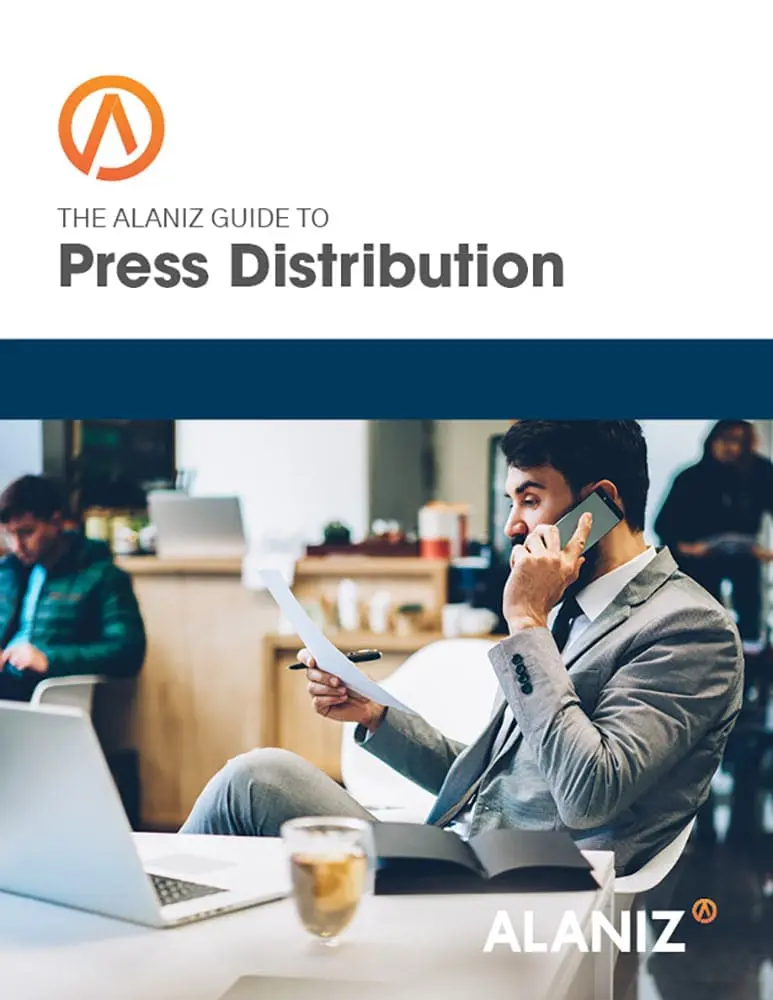Public relations (PR) has changed. In the pre-digital age, PR agencies helped companies build relationships with press, develop campaigns to get media attention, and drive brand awareness and build thought leadership in their product categories.
For more help with PR check out the Ultimate Guide to Public Relations resource page.
As Carrie Morgan says on the website Social Media Today, “PR has changed massively; it isn’t just about media relations and churning out press releases like it used to be a decade ago.”
Brand awareness and thought leadership are still important, but the channels used to achieve these goals have changed, and the range of outcomes have expanded such that the goals and tactics of PR and marketing are merging, and the disciplines need to work together. A PR firm focused solely on getting press mentions for a company is likely to miss out on a range of important marketing opportunities.
Digital PR and Content Marketing
Traditional PR involved crafting and distributing press releases, contacting journalists, and arranging interviews and storylines. Digital PR focuses on generating content that also drives web traffic, leads and sales as well as on building brand awareness and thought leadership.
“Digital PR is all about combining traditional PR with content marketing, social media and search: transforming static news into conversations and bypassing media to speak directly to your target audience online,” Morgan says. “News can be spread further, faster, and more directly to a specific target audience than ever before in history. It allows us to maximize news like never before. Instead of being satisfied with a single placement, your news can be shared exponentially.”
Digital PR and SEO
“Once you have your content underway,” Morgan says, “take it even further with the second major piece of digital PR: SEO.”
Digital PR can create improve your SEO by creating powerful backlinks to your company’s website on the websites of influential publications. Backlinks are one of the most highly valued ranking factors search engines consider when deciding which web pages to place at the top of search engine results. Search engines measure backlinks by the relevance of the referring website, and its popularity and authority in its field. High profile news outlets are among the most valuable available, and when stories on these websites include your company name and web address, Google is impressed
Search engines are the primary way people look for products and services, and they want to deliver users the relevant, valuable content available. This means that your digital PR strategy needs to be aligned with your search engine optimization strategy, and with your content marketing strategy to make sure that all of these assets are telling search engines the same things.
Digital PR and Social Channels
Social media makes it possible to share stories and news with individuals in a one-to-one relationship, and to build a following that can be a strong voice for your brand as well as grow sales through special offers and loyalty programs.
Twitter and Journalists
Social media can also be used to communicate directly with journalists, to pitch stories and to build rapport with journalists by promoting their stories to your followers. Journalists are the largest single category of users on Twitter (25 percent), and 60 percent of U.S. journalists use Twitter to promote stories, find sources, and keep up with news on their beats. Many prefer Twitter to email and phone calls.
PR Alone is Not Enough
PR needs to be integrated with your marketing strategy–content, SEO, and lead generation in order to be most effective. It also has to align with your social media strategy. A PR firm is unlikely to have expertise in all of these areas, while a digital marketing agency absolutely must have expertise in each area and in making them all work together to build your brand and grow sales.




